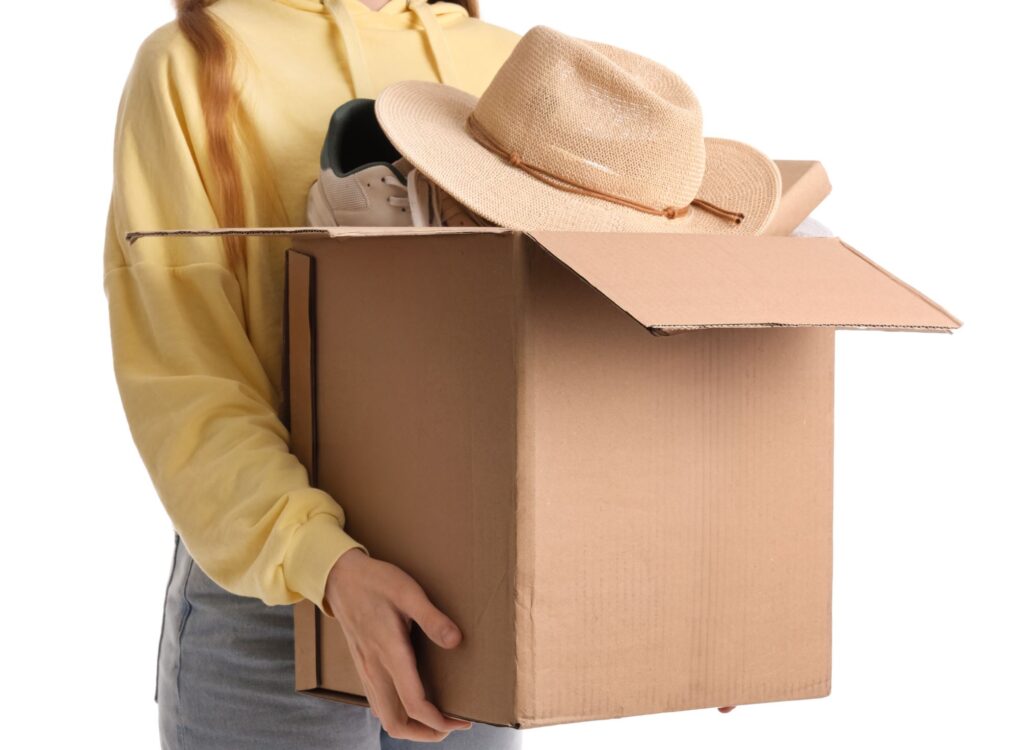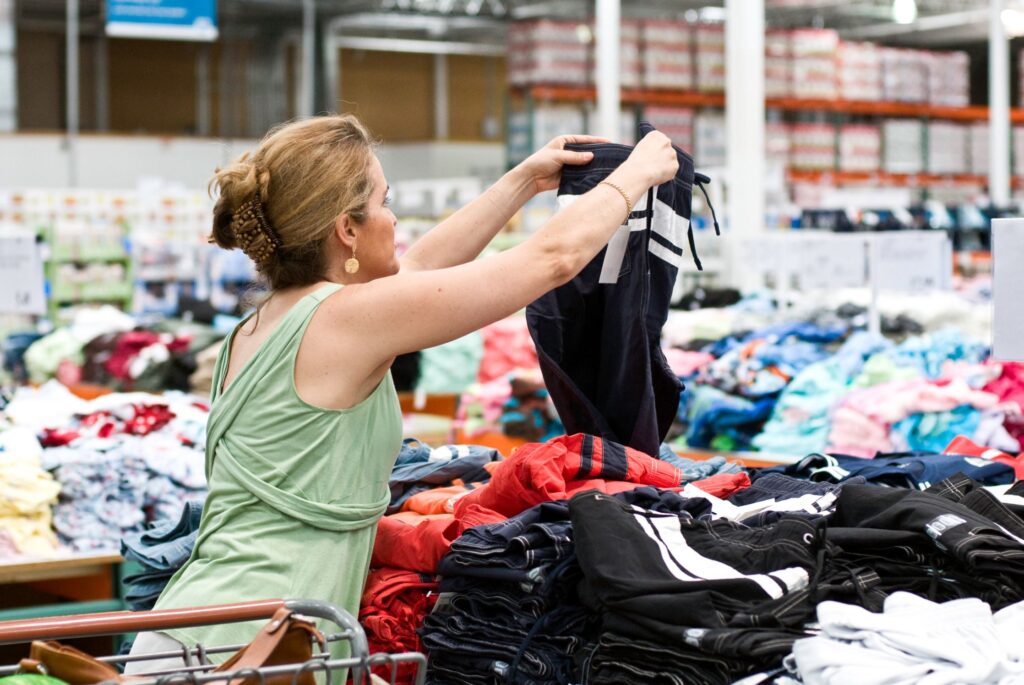Ever wondered if you can sell your stuff to a Goodwill bins outlet and pocket some extra cash? Here’s the thing—Goodwill bins outlets don’t buy items from you like a traditional thrift shop would.
Instead, they sell donated goods by the pound to bargain hunters and resellers. So, you can’t make money by selling your things directly at Goodwill bins outlets.
But there’s a workaround. You can donate your items to Goodwill, then shop the bins for low-cost finds to flip for a profit.
Plenty of folks do well reselling these treasures, as long as they know what to look for. If you want to get better at spotting value in all that chaos, you’re in the right place.
How Goodwill Bins Outlets Work for Sellers
Goodwill Bins Outlets don’t work like your typical thrift store. They move big amounts of donated stuff fast by selling it by weight.
This model brings some advantages and some limits for anyone hoping to make money from these stores.
Understanding the Goodwill Bins and Outlet System
Goodwill Outlet stores—people call them “the bins”—price everything by the pound, not per item. You’ll see huge blue bins overflowing with clothes, shoes, and all sorts of donated things.
Most items here didn’t sell at regular Goodwill stores and ended up in the outlets. The system’s built to clear out extra inventory quickly, so things are grouped and sold in bulk.
Since you pay by weight, you often spend less for a full bag. But you can’t set your own prices at the bins—Goodwill handles that, and it’s all about the pounds.
What Happens to Items Donated to Goodwill
When you donate stuff, Goodwill sorts it first. Staff check for damage, cleanliness, and whether it’s worth reselling.
The better items head to regular Goodwill thrift stores. If they don’t sell or there’s just too much, they go to the outlets to move faster.
Things that don’t make the cut might get recycled or donated elsewhere. Sometimes, textiles get baled up and shipped overseas, which helps Goodwill cut down on waste.
Which Items Make It to the Bins
The bins are full of leftovers from regular stores or donations that don’t fit the usual retail vibe. You’ll mostly see secondhand clothes, shoes, accessories, and the occasional small household item.
Some stuff might be a little rough—damaged, out of style, or just too much to handle in the main stores. Furniture and books show up now and then, but not as much.
Everything’s sold by weight, so you’ll find a mix of treasures and junk. Success really comes down to digging for the good stuff.
Key Differences Between Goodwill Outlets and Regular Thrift Stores
| Feature | Goodwill Outlet (Bins) | Regular Goodwill Store |
|---|---|---|
| Pricing | Pay by the pound | Individual pricing per item |
| Item selection | Large mixed bins; leftover products | Displays organized and priced |
| Item condition | Includes damaged or overstock items | Better quality, curated items |
| Shopping experience | You dig through bins to find items | Easy browsing on shelves |
| Selling as a donor | You donate freely; no direct selling | Same as outlets |
Goodwill stores feel cleaner and more organized, with fixed prices. Outlets are all about fast turnover and bargain hunting by the pound.
If you want to sell your own stuff, regular thrift stores or other resale options might work better than the bins. The bins are more for donating what you don’t need or can’t sell elsewhere.

Maximizing Profit by Selling to Goodwill Bins and Beyond
If you want to make money, focus on picking the right items at Goodwill bins and knowing where to resell them. Finding valuable stuff, prepping it well, and using the best platforms can really help.
Sourcing and Selecting High-Value Items
At the bins, go for items with steady resale value. Stuff like brand-name clothing, collectibles, and electronics in decent shape usually does well.
Skip over anything too damaged. Check labels and tags—vintage brands, designer names, or rare pieces can bring in more money online.
Look for quality materials like leather, silk, or precious metals. Since you’re paying by weight, lighter but valuable things are a smart pick.
It helps to keep track of which brands or products are trending, so you can make quick decisions in the chaos.
Tips for Successful Reselling After Goodwill Bins
Once you’ve bought your items, give them a quick clean or minor repair. Take clear photos from a few angles to show off details—good pics make your listings pop.
Write honest, detailed descriptions with brand, size, condition, and anything unique. Price your items so you’re competitive, but leave a little wiggle room for offers.
Pay attention to what sells and for how much. Keeping track of expenses and profits helps you figure out what works best for your reselling plan.
Popular Platforms for Reselling Finds
eBay’s a go-to for selling electronics, collectibles, and vintage finds from the bins. Its huge audience means you’ve got a shot at selling even niche stuff.
Poshmark works well for clothing and accessories. It’s fashion-focused and makes shipping and messaging buyers pretty straightforward.
Etsy’s a good fit for vintage or handmade items. Facebook Marketplace is solid for quick, local sales—no shipping headaches. Pick your platform based on what you’re selling and who you want to reach.
Targeting Niche Markets Like Vintage Items
Vintage items can bring higher profits, but you’ll need some know-how. Take the time to look up styles, eras, and brands that people actually want.
Think about things like vintage Levi’s jeans, old-school video games, or antique jewelry. These are the kinds of items that get collectors excited.
When you list something, show off its history and condition. Make it clear and honest to draw in serious buyers.
Stick in keywords like “authentic,” “retro,” or “rare” so folks searching for those terms find your listing.
These niche markets have die-hard buyers who’ll pay more, but sometimes you’ll wait a while for the right person. If you’re patient and market things right, you can snag a great price.


